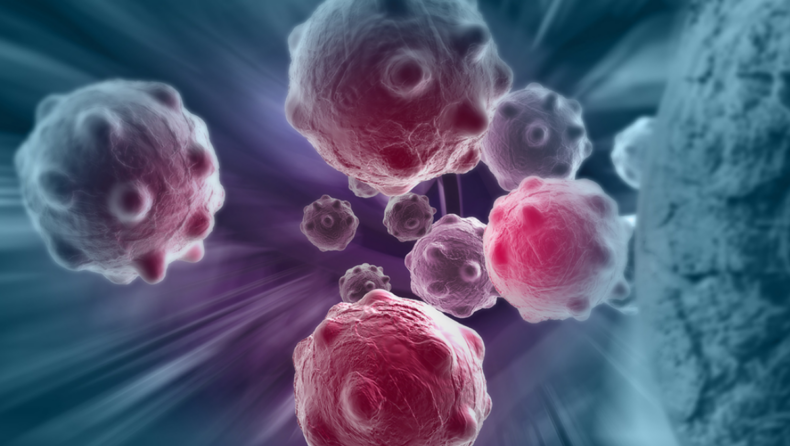Chemotherapy is a helpful tool in the treatment of malignancies of all types since its inception, but it has a significant drawback. It can destroy good cells as well as cancer cells, such as those in hair follicles, causing baldness, and those that border the stomach, producing nausea.
Caltech researchers believe they have a better solution: sound-controlled microorganisms that seek out and destroy cancer cells.
Researchers from the lab of Mikhail Shapiro, professor of chemical engineering and Howard Hughes Medical Institute investigator, describe how they developed a specialized strain of the bacteria Escherichia coli (E. coli) that seeks out and infiltrates cancerous tumors when injected into a patient’s body in a new paper published in the journal Nature Communications.
With ultrasonic pulses, the bacteria may be stimulated to create anti-cancer medications after they’ve arrived at their location.
The researchers said that “The motive of this approach of their investigation was to take advantage of modified probiotics’ capacity to enter tumors while activating them with ultrasound to release strong medications inside the tumor”
Their research began with a strain of E. coli known as Nissle 1917, which is licensed for medicinal usage in humans. These germs spread throughout the body after being introduced into the circulation.
The patient’s immune system then eliminates them, with the exception of bacteria that have colonized malignant tumors, which provide an immunosuppressed environment.
To transform the bacteria into a viable tool for cancer treatment, the researchers modified them with two additional sets of genes. One group of genes is responsible for the production of nanobodies, which are therapeutic proteins that switch off the signals used by tumors to inhibit the immune system from mounting an anti-tumor response.
Because of the existence of these nanobodies, the immune system is able to target the tumor. The other set of gene’s functions as a thermal switch, activating the nanobody genes when the bacterium reaches a certain temperature.
The team was able to establish bacteria strains that only produced tumor-suppressing nanobodies when warmed to a trigger temperature of 42-43 degrees Celsius by introducing the temperature-dependent and nanobody genes.
Because the usual human body temperature is 37 degrees Celsius, when these strains are put into a person, they do not begin making anti-tumor nanobodies. Instead, they silently develop within the tumors until they are heated to their trigger temperature by an outside source.
But how can you heat microbes that are concentrated in a single spot, maybe deep within the body where a tumor is growing? The scientists employed targeted ultrasound to do this (FUS). FUS is comparable to ultrasound, which is used to image internal organs or a fetus growing in the womb, but it is more intense and focused into a tight spot.
Focusing the ultrasound on one point causes the tissue in that region to heat up, but not the tissue surrounding it; by varying the strength of the ultrasound, the researchers were able to elevate the temperature of that tissue to a certain level.
A former Ph.D. student in Shapiro’s department and who was also a part of the research team of this experiment Mohamad Abedi said that “they were able to activate the treatment directly inside a tumor by using focused ultrasound.
He continued by saying that “This is noteworthy because these powerful medications, which are so beneficial in tumor treatment, might have serious adverse effects in other organs where our bacterial agents may also be present.”
To see if their modified strain of bacteria performed well, the researchers injected bacterial cells into tumor-infected lab mice. The scientists utilized ultrasound to warm the tumors after allowing the germs to penetrate them.
The researchers discovered that mice treated with this combination of bacteria with ultrasound had considerably slower tumor growth than mice treated simply with ultrasound, animals treated solely with the bacteria, and mice that were not treated at all.
However, the researchers discovered that other tumors in treated animals did not decrease at all. “This is a hopeful outcome because it demonstrates that we can deliver the correct therapy to the right spot at the right time,” adds Shapiro.
“However, as with any new technology, there are a few things to enhance, such as adding the capacity to view the bacterial agents with ultrasound before activating them and more accurately focusing the heating stimulation to them.”
Published By – Damandeep Singh
Edited By- Kritika Kashyap













